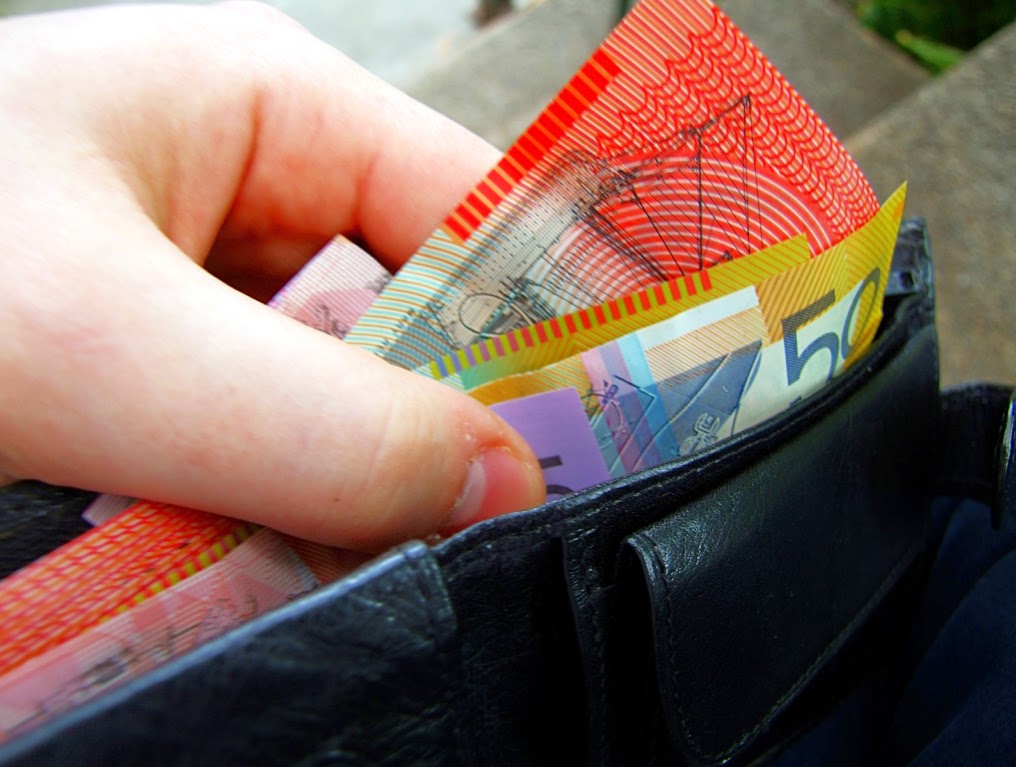Why Do Exchange Rates Change?
 |
| Australian Bank Notes |
Most exchange rates fluctuate due to trading around the clock, around the world. As a result, it can change every minute. For those of us who are travelling, slight changes in currency won’t make a difference between taking a trip or not but sudden rises and declines can affect our decisions.
Where Can I Exchange AUD?
When shopping for foreign exchange, it’s best to look around before settling on a rate that you believe might give you the most value during your travels.
Most commercial banks offer an exchange rate service, though it is typically lower than the actual rate itself. This is because banks take ~22% of the exchange rate as profit when exchanging for customers.
Private offices also offer currency exchange services, operated by independent businesses. Though they take less of the exchange rate for profit, always be cautious that their business is registered – ASIC (Australian Securities and Investments Commission) have over 30 companies that are blacklisted as fake regulators.
You can also exchange your currency straight from the airport. However, aim to cash in before heading to a destination – changing notes at an airport will be the most expensive option, sometimes being 30% more expensive than if you were to go to your bank or a private currency exchange office.
Our Currency VS:
USD:
The Australian dollar was trading below the US dollar until it hit parity in 2010 for the first time since 1983. For the 3 years that followed, there was a tremendous growth in our dollar with rates of up to 1.08USD, until it fell again in late 2013.
In January of 2015, 1 AUD is worth 0.82 USD with many fluctuations. Our tip in exchanging at the right time is to regularly check what forecasters have to say about the dollar’s movement against the USD as it can be very spontaneous.
Euro:
Australia has never been in parity with the Euro in the history of currency exchanging. Our dollar has traded with relatively stable rates against the Euro, fluctuating only around 8c in the last year.
The Euro fell to a 9 year low following a massive decline in oil prices over the last six months, bringing our rate back to 0.697 as opposed to 0.65. Our tip for the best deal is to secure the high exchange rate now for a successful holiday. However, since trading has been steady, fluctuations shouldn’t play a big role as compared to USD.
Eamonn Sheridan, currency and market analyst at Forexlive.com, a website for the latest market news, recommends travelling to Europe for another reason other than the falling currency rate – the internal economic conditions. “Their economies are quiet weak. It’s not good for them, but for tourists it’s a good time…I’d suggest it’s an opportunity to support them and spend some money in their economies.”
No comments:
Post a Comment